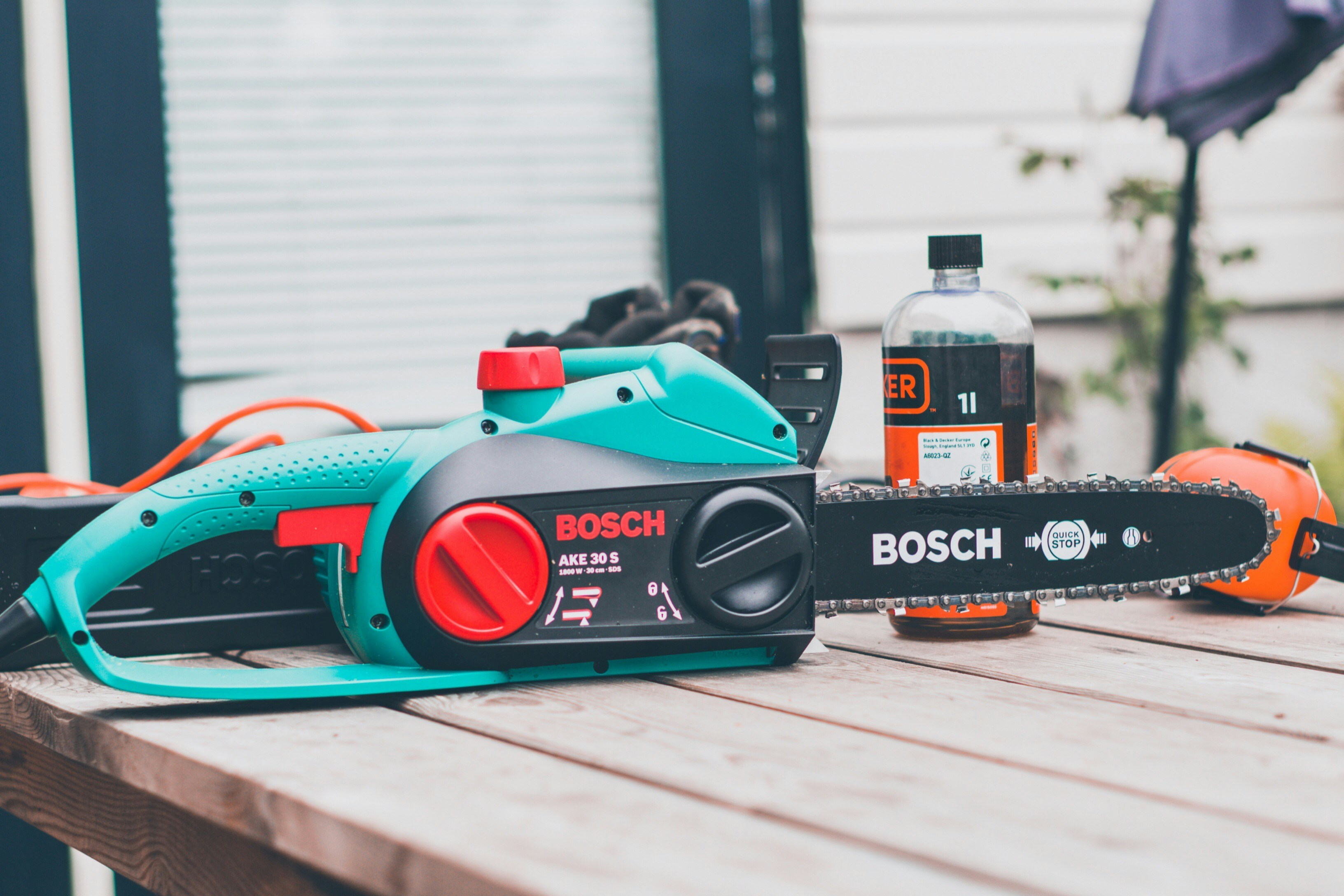Introduction to Hedge Trimmers: Understanding the Basics
Hedge trimmers are essential landscaping tools designed to facilitate the maintenance and shaping of hedges, shrubs, and bushes. Their primary function is to provide a clean, precise cut, making it possible to keep plants healthy and aesthetically pleasing. The evolution of hedge trimmers has led to two predominant types in the market: cordless and gas-powered trimmers. Each type is characterized by its unique technology and fuel sources, which significantly influence their performance, usability, and overall practicality.
Traditionally, gas-powered hedge trimmers have been favored for their robustness and power, primarily using a two-stroke engine that relies on gasoline as fuel. This technology allows for extended cutting periods without the need for recharging, making them a suitable choice for large areas and thick branches. However, the downsides include higher maintenance requirements, environmental concerns due to emissions, and the weight of the equipment, which can impact user comfort during prolonged use.
On the other hand, cordless hedge trimmers have seen significant advancements in recent years, primarily due to improvements in battery technology. Utilizing lithium-ion batteries, these trimmers offer a more environmentally friendly alternative while maintaining sufficient power and run time for suburban gardens and smaller landscaping tasks. Their lightweight design enhances maneuverability, which is a notable advantage for homeowners seeking ease of use and portability.
The landscape of hedge trimming has witnessed continuous evolution leading up to 2025, incorporating more efficient designs and intelligent technology, such as automatic blade adjustments and battery optimization systems. This makes them increasingly attractive to homeowners and professionals alike. As we delve deeper into the comparison of cordless and gas-powered hedge trimmers, understanding these basics is crucial to making informed choices in the yard care market.
Performance and Efficiency: Cordless vs. Gas-Powered Trimmers
When evaluating hedge trimmers, understanding their performance and efficiency is crucial for making an informed decision. Cordless hedge trimmers have made significant strides in recent years, with advancements in battery technology resulting in extended run times and improved power output. Most modern cordless models utilize lithium-ion batteries, which provide a lightweight and efficient power source, allowing users to tackle various cutting tasks without the hassle of cords or fuel.
In comparison, gas-powered hedge trimmers traditionally boast higher power output, which can be especially beneficial when maintaining thick, dense hedges. The combustion engines used in these trimmers often deliver sustained power, enabling rigorous cutting without sacrificing performance. However, this power generally comes at the cost of weight, with gas trimmers typically being heavier due to the engine and fuel tank, making them less user-friendly for extended periods of use.
Battery life plays a pivotal role in the efficiency of cordless models. Depending on the size of the battery and the intensity of the use, users can expect anywhere from 30 minutes to several hours of continuous operation. Some modern cordless models are equipped with rapid charging capabilities, allowing for quick recharges during breaks. Nevertheless, users might find that gas-powered trimmers allow for uninterrupted work since they can be refueled instantly, a significant advantage for larger landscaping projects that demand prolonged usage.
Real-world experiences highlight both the strengths and weaknesses of each type. Users of cordless trimmers have praised their maneuverability and low noise levels, which make them ideal for residential areas. Conversely, those utilizing gas models argue for their reliability and efficiency under demanding conditions, particularly in professional landscaping environments. Ultimately, both types offer unique benefits in performance and efficiency, reflecting the diverse preferences of users in landscaping tasks.
Environmental Impact and Sustainability Considerations
As consumers become increasingly conscious of their environmental footprint, the choice between cordless and gas-powered hedge trimmers has garnered significant attention. One of the most pressing concerns regarding gas-powered trimmers is the level of emissions they produce. These machines typically utilize two-stroke engines that release harmful pollutants into the atmosphere, contributing to air quality degradation and greenhouse gas emissions. A study conducted in 2025 highlighted that gas-powered lawn equipment emits as much smog-forming pollution as millions of cars, prompting calls for stricter regulations and greater consumer awareness.
Conversely, cordless hedge trimmers are often regarded as more environmentally friendly alternatives. By using rechargeable lithium-ion batteries, these tools eliminate direct emissions during operation, offering a cleaner gardening solution. However, it is essential to consider the environmental implications of battery disposal. Although manufacturers are increasingly implementing recycling programs, improper disposal of batteries can lead to environmental hazards due to the toxic materials contained within. In 2025, new policies were introduced to address battery disposal issues, encouraging the development of more eco-friendly batteries and recycling initiatives in the gardening tools industry.
The trend toward sustainability in gardening is further supported by advancements in battery technology, resulting in longer run times and improved performance for cordless tools. Manufacturers are continually investing in innovations that enhance efficiency and reduce the overall impact on the environment. Additionally, the rise of organic gardening encourages consumers to adopt tools that align with eco-friendly practices. As awareness of sustainable options increases, we are likely to see a shift in preference towards cordless models due to their reduced emissions and adherence to evolving regulations.
Cost-Effectiveness and Future Trends in Landscaping Tools
The cost-effectiveness of cordless hedge trimmers compared to their gas-powered counterparts is an essential consideration for homeowners and landscaping professionals alike. Initially, cordless trimmers often require a higher upfront investment, primarily due to the advanced battery technology and lighter materials used in their construction. However, when considering maintenance costs and long-term value, cordless models frequently emerge as the more economically viable option. Gas hedge trimmers necessitate regular maintenance, such as oil changes and spark plug replacements, which can accumulate significant costs over time. In contrast, cordless hedge trimmers typically have lower maintenance requirements, translating to reduced overhead for the user.
Moreover, the ongoing advancements in battery technology are set to change the landscape of landscaping tools significantly. As we move towards 2025, it is crucial to recognize the trends shaping the market. Higher energy density batteries are being developed, enabling longer runtimes and quicker charging capabilities for cordless hedge trimmers. Such innovations are likely to enhance user experience and expand the appeal of these tools among consumers who traditionally prefer gas-powered options.
Furthermore, shifting consumer preferences towards environmentally friendly products will likely influence landscaping tool trends. With increasing awareness regarding carbon emissions and the environmental footprint of gas-powered equipment, more users are expected to gravitate toward battery-powered solutions. This shift may also induce carbon tax incentives or rebates for users purchasing eco-friendly equipment, thus impacting the total cost considerations for hedge trimmers.
Additionally, economic factors, such as the fluctuating prices of gas and oil, could further swing the pendulum towards cordless options. As technology continues to evolve, embracing digital connectivity within gardening tools—from app integration to smart features—will become the norm, broadening usability and fostering enhanced efficiency. As these future trends converge, prospective buyers will be equipped with more options, making informed decisions regarding hedge trimmers in 2025 and beyond.
If you’re interested in purchasing the item you seek, please click the link for additional details: #americanachoice.
https://amzn.to/3SBN3Oy
AFFILIATE DISCLOSURE: I am an affiliate for this company, I am not a paid employee.
I may receive a commission if you click a link on this page and choose to purchase something.
You can rest assured I will only share things I believe in and will be valuable to you.



